Ghana: SEA in decision-making for coastal protection and maintenance
The NCEA contributes to a series of workshops on coastal protection in Ghana and the use of SEA.
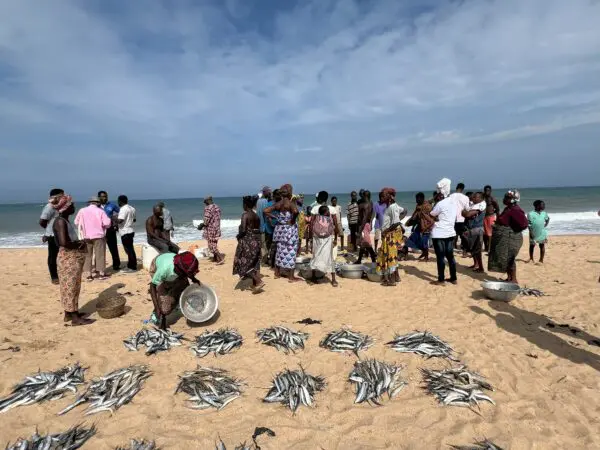
Water is part of our daily lives. Climate change, population growth and environmental impacts are increasingly calling for effective water management. Worldwide we are confronted with challenges regarding too much or too little water, which are at the source of many water-related conflicts. Availability of safe (clean) drinking water, pollution, droughts, or flooding are just a few of the problems we have to deal with. These challenges lead to increasing levels of concern and ask for good policy choices in the management of water.
Responsible and inclusive management of water resources are part of a strategic planning process. Integrated Coastal Zone Management (ICZM) plans for coastal areas, and Integrated Water Resource Management (IWRM) for river basins and river catchment areas, are well known decision-making processes. SEA can effectively support these and other integrated (spatial) sectoral planning processes by assessing its contribution to sustainable and inclusive development, and by reducing negative consequences for underprivileged groups in society. SEA plays a proactive role in integrating such planning in the broader context of transboundary and regional development planning for river basins and coastal areas and in aligning these activities with existing national sector policies.
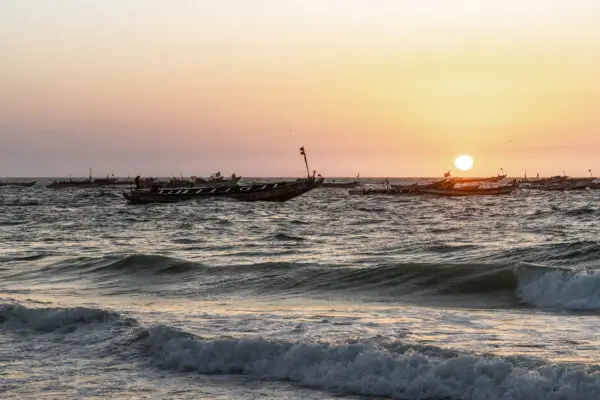
The NCEA contributes to a series of workshops on coastal protection in Ghana and the use of SEA.

NCEA review the SESA of the River Stabilisation Plan and conducted a training around this topic.
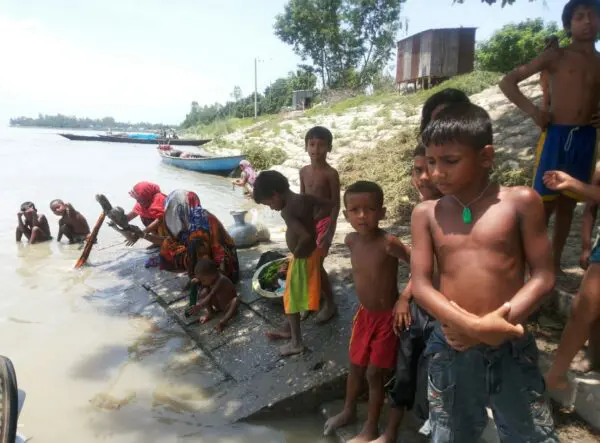
In the Sankarani river basin in Mali various (opposing) developments take place, including artisanal mining of gold.
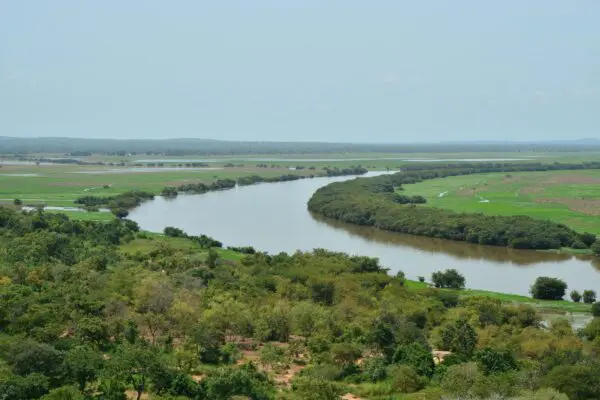
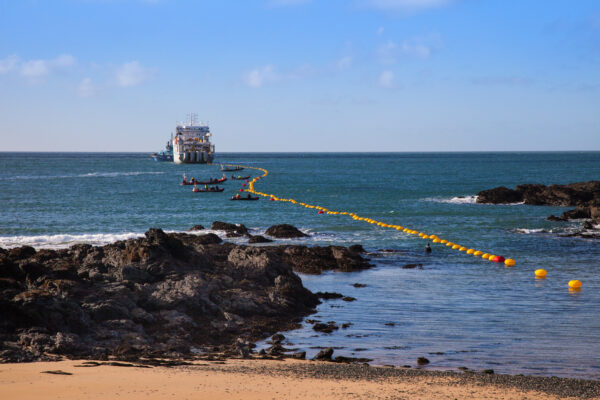
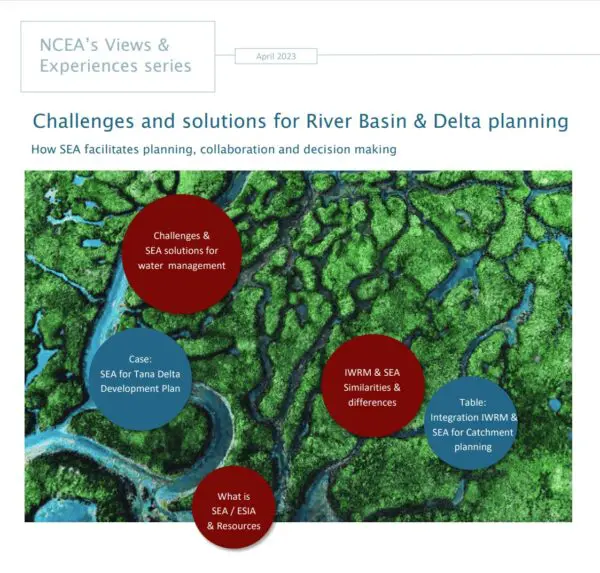
For more information, contact our focal point Arend Kolhoff.